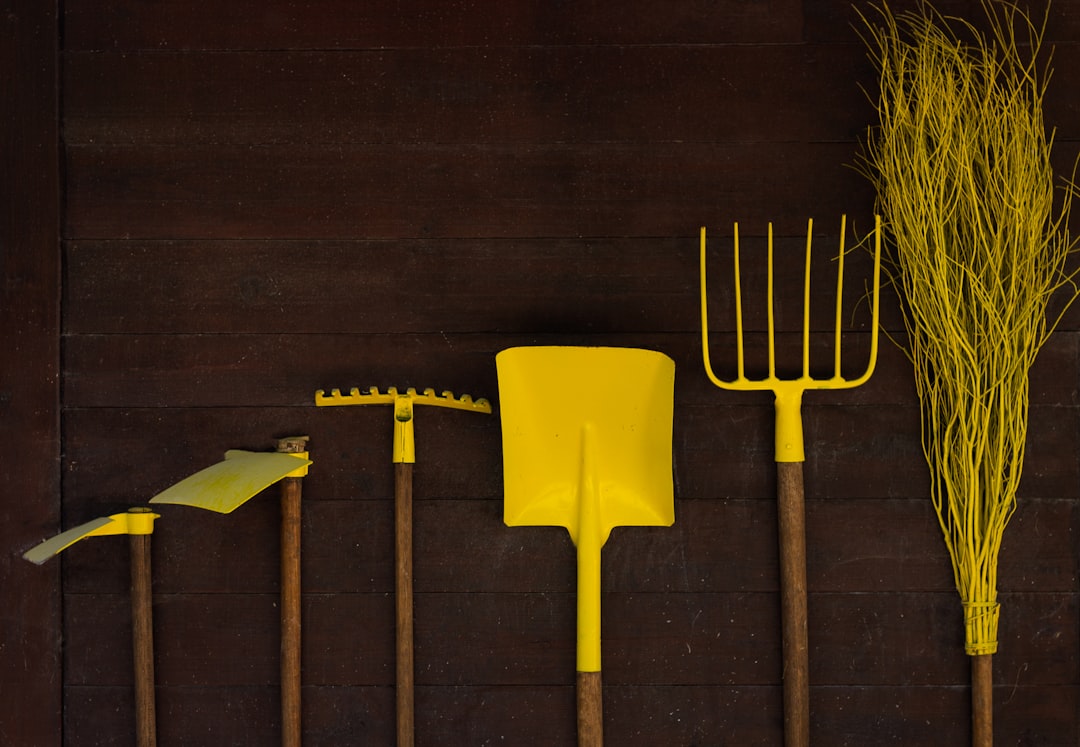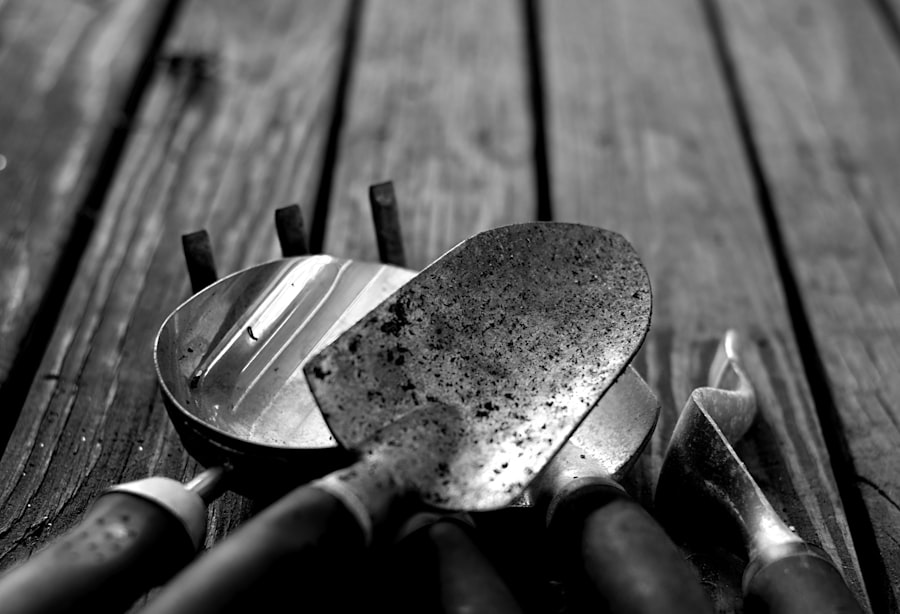Creating a Raised Bed: Easy DIY Guide

Raised bed gardening is a method of growing plants in a contained and elevated area, typically made of wood, bricks, or other materials. It has been practiced for centuries and has gained popularity in recent years due to its numerous advantages. Raised bed gardening allows for better soil quality, improved drainage and aeration, easier weed and pest control, increased yield, and accessibility and convenience.
The history of raised bed gardening can be traced back to ancient civilizations such as the Egyptians and Romans. These civilizations recognized the benefits of raised beds and used them to grow crops in areas with poor soil quality or limited space. In modern times, raised bed gardening has become a popular choice for home gardeners who want to maximize their yield and have more control over their growing conditions.
The advantages of raised bed gardening are numerous. One of the main benefits is improved soil quality. By using a raised bed, gardeners can fill it with high-quality soil that is rich in nutrients and organic matter. This allows plants to grow healthier and produce higher yields. Raised beds also provide better drainage and aeration, preventing waterlogged soil and root rot. Additionally, the contained nature of raised beds makes it easier to control weeds and pests, as they are less likely to spread throughout the garden. Finally, raised beds are more accessible and convenient for gardeners, as they can be built at a height that is comfortable for working and require less bending or kneeling.
Benefits of Raised Bed Gardening
One of the main benefits of raised bed gardening is improved soil quality. The soil in a raised bed can be specifically tailored to the needs of the plants being grown. Gardeners can add compost, organic matter, and other amendments to create a nutrient-rich environment that promotes healthy plant growth. This is especially beneficial for areas with poor soil quality or heavy clay content.
Another advantage of raised bed gardening is better drainage and aeration. The elevated nature of the bed allows excess water to drain away more easily, preventing waterlogged soil and root rot. The raised bed also provides better aeration, as the soil is not compacted by foot traffic or heavy machinery. This allows plant roots to access oxygen more easily, promoting healthy growth.
Weed and pest control is also easier in a raised bed garden. The contained nature of the bed makes it more difficult for weeds to spread throughout the garden. Additionally, the raised height can deter some pests, such as rabbits or ground-dwelling insects. If pests do become a problem, they can be more easily controlled in a raised bed by using physical barriers or organic pest control methods.
Raised bed gardening can also lead to increased yield. The improved soil quality, better drainage and aeration, and easier weed and pest control all contribute to healthier plants that produce more fruits or vegetables. Additionally, the contained nature of the bed allows for closer spacing of plants, maximizing the use of space and increasing overall yield.
Accessibility and convenience are also major benefits of raised bed gardening. The raised height of the bed makes it easier for gardeners with physical limitations to tend to their plants without bending or kneeling. This can make gardening more enjoyable and accessible for people of all ages and abilities. Raised beds are also easier to maintain, as they require less weeding and are less prone to soil erosion.
Choosing the Right Location for Your Raised Bed
When choosing a location for your raised bed garden, there are several factors to consider. First and foremost, you need to ensure that the area receives adequate sunlight. Most vegetables and flowers require at least six hours of direct sunlight per day to thrive. Choose a location that is not shaded by trees or buildings and receives ample sunlight throughout the day.
Soil quality and drainage are also important considerations when selecting a location for your raised bed. Avoid areas with heavy clay soil or poor drainage, as this can lead to waterlogged soil and root rot. Look for a location with well-draining soil or consider improving the soil quality by adding compost or other organic matter.
Proximity to a water source is another factor to consider. Raised beds require regular watering, especially during dry periods. Choose a location that is close to a water source, such as a hose or irrigation system, to make watering more convenient.
Accessibility and convenience should also be taken into account when choosing a location for your raised bed. Consider how far you will need to carry tools, supplies, and harvested produce. Choose a location that is easily accessible from your home or storage area to minimize the effort required to tend to your garden.
Materials Needed for Building a Raised Bed
| Material | Quantity | Unit of Measurement |
|---|---|---|
| Wooden Boards | 4 | 8 feet long |
| Wooden Stakes | 4 | 2 feet long |
| Nails | 16 | 3 inches long |
| Soil | 12 | cubic feet |
| Compost | 3 | cubic feet |
| Peat Moss | 1 | cubic feet |
| Perlite | 1 | cubic feet |
To build a raised bed, you will need several materials. The most common materials used for raised beds are wood and bricks, although other options such as concrete blocks or metal can also be used. When choosing the material for your raised bed, consider factors such as cost, durability, and aesthetics.
If using wood, choose a rot-resistant variety such as cedar or redwood. Avoid using treated lumber, as it can leach chemicals into the soil. The size of the wood will depend on the desired height and width of your raised bed. Common sizes are 2×6 or 2×8 boards.
In addition to the materials for the frame, you will also need tools for building the raised bed. This may include a saw, drill, screws or nails, and a level. The specific tools required will depend on the design and materials chosen for your raised bed.
Once the frame is built, you will need soil and compost to fill the bed. The amount of soil needed will depend on the size of your raised bed. Calculate the volume by multiplying the length, width, and height of the bed. For example, if your raised bed is 4 feet long, 2 feet wide, and 1 foot high, the volume would be 8 cubic feet. You will need to purchase or create enough soil and compost to fill the bed to this volume.
Step-by-Step Guide to Building a Raised Bed
Building a raised bed is a relatively simple process that can be completed in a few hours. Here is a step-by-step guide to building a basic raised bed:
1. Measure and mark the area: Determine the desired size and shape of your raised bed and mark the area using stakes or string. Use a level to ensure that the ground is level.
2. Build the frame: Cut the wood or other materials to the desired length and attach them together using screws or nails. Use a level to ensure that the frame is straight and level.
3. Fill the bed with soil and compost: Once the frame is built, fill it with a mixture of soil and compost. Mix the two together thoroughly to ensure even distribution of nutrients.
Preparing the Soil for Your Raised Bed

Before planting in your raised bed, it is important to prepare the soil to create an optimal growing environment for your plants. Here are some steps to follow when preparing the soil for your raised bed:
1. Test the soil pH and nutrient levels: Use a soil testing kit or send a sample of your soil to a lab for analysis. This will help you determine if any amendments are needed to adjust the pH or nutrient levels.
2. Add amendments and fertilizers: Based on the results of your soil test, add any necessary amendments or fertilizers to improve the soil quality. This may include adding lime or sulfur to adjust the pH, or adding organic matter such as compost or aged manure to improve nutrient levels.
3. Mix the soil and compost: Once any necessary amendments have been added, thoroughly mix the soil and compost together using a garden fork or shovel. This will ensure that the nutrients are evenly distributed throughout the bed.
Planting in Your Raised Bed
When planting in your raised bed, there are several factors to consider to ensure successful growth and maximum yield. Here are some tips for planting in your raised bed:
1. Choose the right plants: Select plants that are well-suited to your climate and growing conditions. Consider factors such as sunlight requirements, temperature tolerance, and water needs when choosing plants for your raised bed.
2. Spacing and arrangement: Follow the recommended spacing guidelines for each plant to ensure proper air circulation and prevent overcrowding. Consider the mature size of each plant when determining spacing.
3. Planting techniques: Dig a hole slightly larger than the root ball of each plant and gently place it in the hole. Backfill with soil and firm it gently around the base of the plant. Water thoroughly after planting to help settle the soil.
Watering and Maintaining Your Raised Bed
Proper watering and maintenance are essential for the health and productivity of your raised bed garden. Here are some tips for watering and maintaining your raised bed:
1. Watering frequency and amount: Raised beds require regular watering, especially during dry periods. Water deeply and thoroughly to ensure that the roots receive adequate moisture. Avoid overwatering, as this can lead to root rot or other issues.
2. Mulching and weeding: Apply a layer of mulch around your plants to help conserve moisture, suppress weeds, and regulate soil temperature. Regularly check for weeds and remove them promptly to prevent competition for nutrients and water.
3. Pest and disease control: Monitor your plants regularly for signs of pests or diseases. Use organic pest control methods whenever possible, such as handpicking pests or using insecticidal soap or neem oil. Remove any diseased plants or plant parts to prevent the spread of disease.
Tips for Maximizing Your Raised Bed’s Yield
To maximize the yield of your raised bed garden, consider implementing the following techniques:
1. Crop rotation: Rotate your crops each year to prevent the buildup of pests and diseases. This involves planting different types of plants in different areas of the raised bed each year.
2. Companion planting: Plant compatible plants together to maximize space and deter pests. For example, planting marigolds alongside tomatoes can help repel nematodes.
3. Succession planting: Plant crops in succession to ensure a continuous harvest throughout the growing season. As one crop finishes, replant with another crop that matures at a different time.
4. Harvesting techniques: Harvest crops at their peak of ripeness to ensure the best flavor and quality. Regularly harvest fruits and vegetables to encourage continued production.
Enjoying the Fruits of Your Labor
In conclusion, raised bed gardening offers numerous benefits for home gardeners. From improved soil quality and better drainage to easier weed and pest control and increased yield, raised beds provide an optimal growing environment for plants. By choosing the right location, materials, and plants, and following proper watering and maintenance techniques, you can enjoy a bountiful harvest from your raised bed garden. So why not give it a try and start reaping the rewards of your own raised bed garden?



